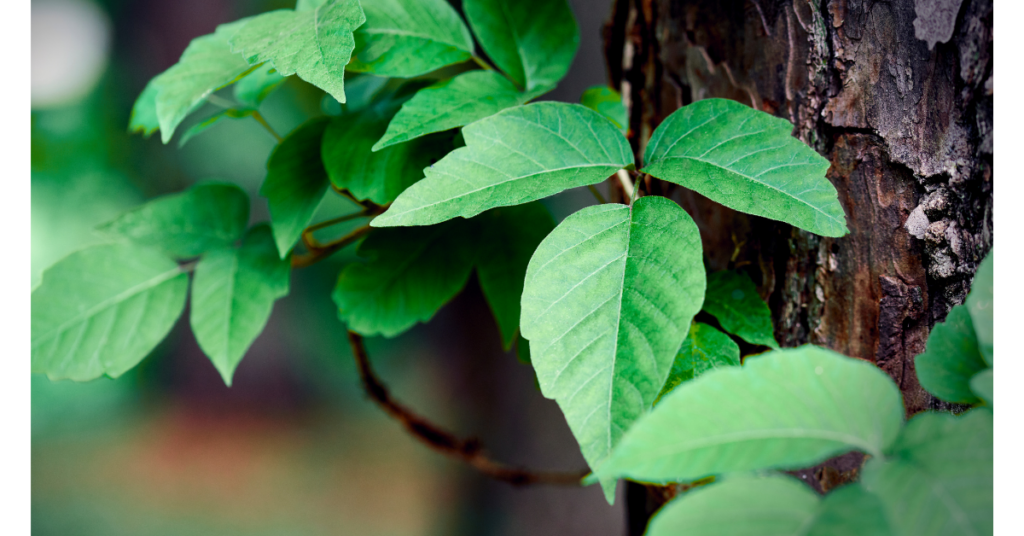Rhus Tox (Poison Ivy) – Homeopathic Remedy
Rhus Tox (Rhus toxicodendron)
Also known as poison ivy due to the symptoms of skin itchiness, blistering, and inflammation that can occur by being close to this plant – particularly in damp weather after sunset!
Rhus tox flowers after sunset, the time of day when it is at its most toxic! Thus, when preparing the homeopathic remedy, the plant is best gathered just before the sun goes down.
Other names: Poison ivy, poison oak, poison vine.
Description and places it grows in
Native to north America, Rhus tox is a large bush, which produces white flowers tinged with green or yellow and clusters of berries.
Parts used
Fresh leaves, ideally gathered at sunset just before the plant flowers.
Uses
Homeopaths may prescribe this remedy for:
Skin rashes and lesions displaying the following symptoms: Hot, burning sensations; dry, scaling, or blistering skin.
Inflammation of muscles and joints
Rheumatism
Sciatica
Lumbago
Gout
Osteoarthritis
Ligament and tendon strains
Viral infections displaying the following symptoms: High temperature, chills, shivering; swollen, watery eyes; aching joints; nausea, vomiting.
Menstrual disorders such as heavy bleeding and abdominal pains.
People requiring this remedy will feel worse: In stormy, wet and windy weather; at night.
People requiring this remedy will feel better: In a warm, dry environment; with gentle exercise.
People suitable for this remedy are often prone to depression and moodiness when sick, as well as having a tendency to burst into tears at the slightest provocation. Rhus tox types are generally hard working, restless individuals. They can be rather reticent when meeting people for the first time, although once their inhibitions have been loosened they are the most engaging of people.
The information given on this site about homeopathic remedies is just a general overview. Classical homeopathy takes all the patient’s symptoms into account and prescribes upon the “Totality of Symptoms”, thus finding the precise remedy that matches the patient’s symptoms perfectly.
Here, at The CMA we recommend that anyone interested in learning more about homeopathy and the fascinating remedies that homeopaths use should take an introduction course to homeopathy, which will help you to understand how to become a good home first-aid prescriber. This is ideal for ‘acute symptoms’. However, if you want to learn more – with a view even to becoming a professional homeopath, who is educated highly enough to be able to treat chronic conditions, you’ll need to be prepared to spend many years learning this vast and fascinating topic – along with anatomy, physiology and pathology, history of medicine, homeopathic philosophy, and much more. You’ll find both kinds of courses here on this site – head to our section on Find a CMA Member and search under CMA Registered Training Schools.

